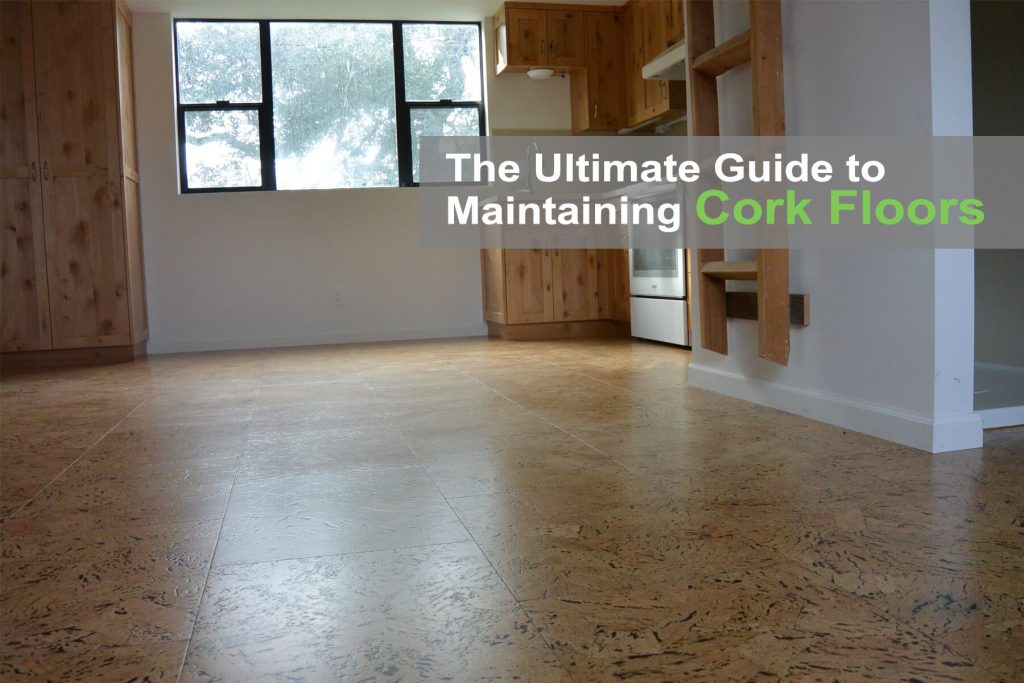Cork floors as we all know are the latest hype when it comes to modern flooring! From upgrading the master bedroom to adding a touch of edge to your kitchen, cork floors have really come a long way! But have you ever wondered what makes cork flooring such a hype amongst modern home owners?
- Cork floorings are better resistant to scratches and more adaptable to pet claws than hardwood flooring as it has natural impact-resistant property.
- Moreover, cork comes with an anti-slip property which means your little munchkins and furry babies can move around without slip and fall risks. (This saves your cork floor from scratches as well)
Cork Flooring Installation Techniques
There are basically two techniques for installing the cork flooring.
- The main technique includes adjusting the stopper tiles to the climate of the room where they will be introduced. The subfloor is then set up to guarantee that it's dry, level, and clean. Then, the accustomed tiles are then attached to the subfloor utilizing glue.
- The other technique, known as gliding floor establishment, includes a tongue-and-notch system where the tiles or boards are snapped together as opposed to holding them with glue. Utilizing this strategy, a plug deck can be introduced on any current floor surface, for example, tiles, vinyl, or wood.
Benefits of Cork Flooring
Cork floorings basically represents a unique blend of hard and soft flooring. It is a smooth, hygienic, easy-to-clean surface. A few of its advantages are as follows:
- Resilient – The cork flooring has the ability to bounce back from impressions means that most objects will not leave dents on their surface.
- Softness – Cork floorings have a yielding surface beneath the feet that is very comfortable to stand on.
- Renewable – The floorings are primarily made with wood products hence, it is resource-efficient.
- Non-slip – Cork floorings are non-slip. Even when the wet cork can provide a good level of traction for your feet.
Maintaining Cork Flooring
Although there are numerous advantages, cork flooring does have certain drawbacks as well. Cork flooring isn’t the toughest flooring material per se. They are vulnerable to moisture damage, which is why protection from damage and excess moisture is a must.
If you’re thinking of investing in cork flooring, here are a few maintenance tit-bits we want you to know-
- Maintenance – Now even though cork flooring is usually sealed with polyurethane during manufacture, cleaning dirt and grit and then resealing it periodically can help a great deal in extending the years on your cork flooring. Make sure to seal the tiles with polyurethane or other protective finish after installation and every two to three years thereafter. You can always contact a flooring expert or keep them on retainer to make this job easy for you.
- Stains – Cork flooring can easily get dirty or stained with spills and other containments. Therefore, when renovating your house with cork floorings, you need to keep in mind that your cork floors require special cleaning instructions and your diligent attention over the years.
- Moisture – These floorings should not be used in moist environments unless they are properly sealed. However, the sealing needs to be reapplied periodically to prevent moisture from penetrating the surface of the floor. Just remember, letting moisture settle in your cork flooring can burn a big hole in your pocket.
- Dents – These flooring types are easily subjected to dents as well. The solution? You need to place protective mats underneath the legs of particularly heavy furniture to prevent permanent divots from forming.
Final Takeaway
Keeping your cork flooring clean is extremely mandatory but once you get the hang of it, it’s quite easy! Removing dust and debris that have accumulated on the flooring can be cleaned using a vacuum or a dry mop on a weekly basis. You can also use a semi-dry or a slightly damp mop every once a month to clean the floors.
Other easy maintenance tips include-
- Deep cleaning,
- Wiping the floor with a damp mop using a commercial cork cleaning agent and leaving the floor to dry naturally.
- Wiping off spills immediately because they can settle down on the tiny cracks and seams especially when the sealant is weak.
Moreover, to minimize the risks of scratches from tiny debris particles on the floor surface by placing breathable mats at the entrance. A little care goes a long way when it comes to maintaining cork floors. If you still want an expert’s opinion, just ask us for some additional cork flooring tips.
